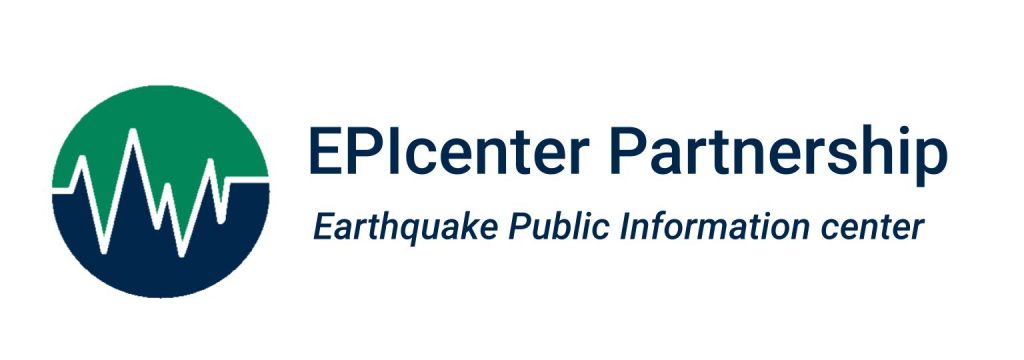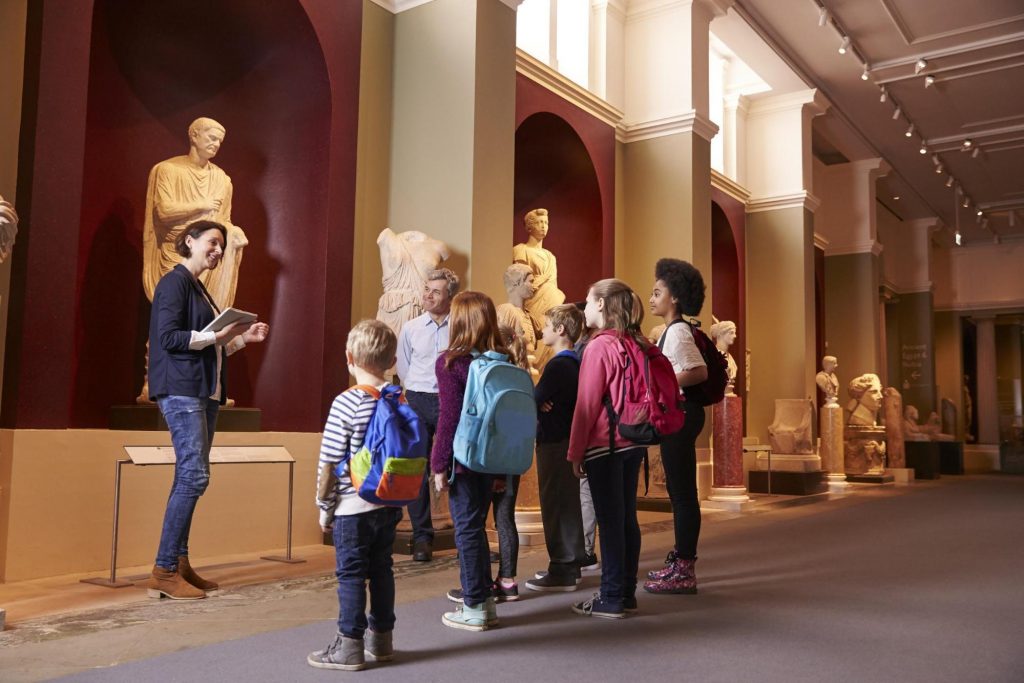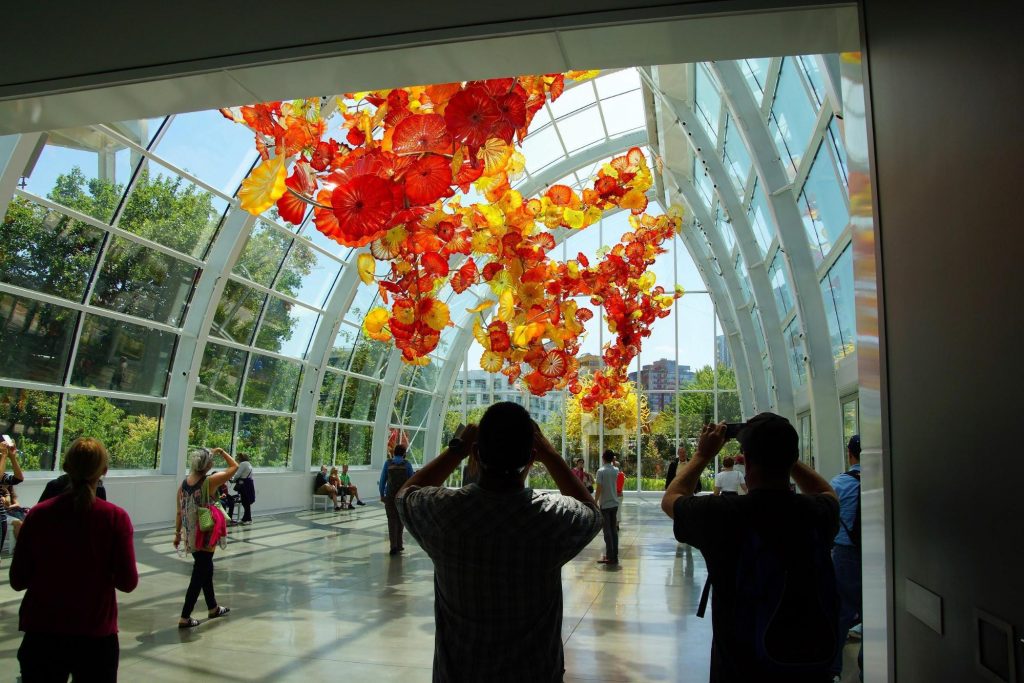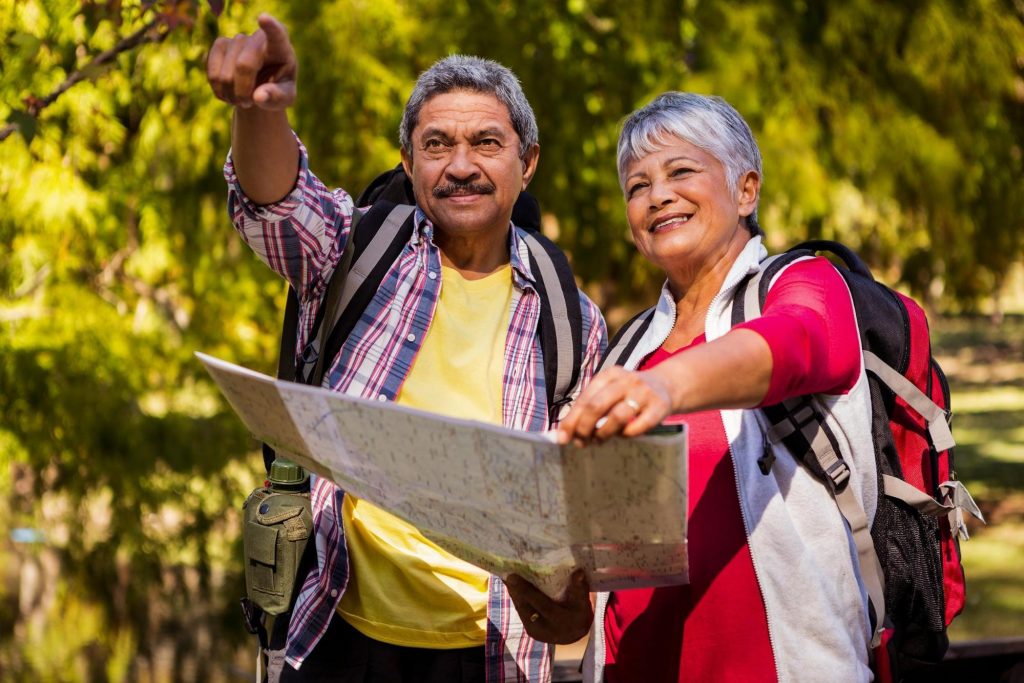
The ShakeAlert EPIcenter Partnership is a network of museums, libraries, parks, and other Free-Choice Learning Environments committed to promoting earthquake resilience in our institutions and in our communities.




About the EPIcenter Partnership
An EPIcenter (Earthquake Public Information Center) is any Free-Choice Learning Environment that promotes earthquake resilience within their organization, with their visitors, and/or in their communities. EPIcenter organizations include museums, libraries, parks, community centers, and other organizations involved in public outreach and education. Our members include educators, administrators, safety managers, and others.
What do EPIcenters do?
EPIcenters engage in earthquake education and preparedness in a variety of ways. Through the partnership, we support members to:
- Promote awareness, understanding, and action related to ShakeAlert Earthquake Early Warning
- Participate in the Great ShakeOut each October
- Engage learners through various free-choice learning modalities, including exhibits, programs, and other activities
- Create, use, and share educational resources
- Build West Coast partnerships within and between free-choice learning institutions by sharing education resources, risk resilience processes, and contact information with each other
- Build community partnerships with regional risk-resilience and safety-response organizations
How do EPIcenters make a difference?
Free-Choice Learning Environments are uniquely positioned to support public education about ShakeAlert specifically, as well as earthquakes more broadly. FCLEs engage broad, diverse, and multi-generational learners. Additionally, libraries, museums and similar institutions have local knowledge and connections, as well as trusting relationships with local communities. People continue to turn to FCLEs for information and experiences that are both scientifically accurate and relevant for their lives.
EPIcenter Partners and ShakeOut
The Great ShakeOut is a worldwide earthquake drill and preparedness event that happens every year in October. The EPIcenter Partnership encourages and supports FCLEs to participate in ShakeOut through drills, events, and other creative activities that promote earthquake preparedness.
Resources for FCLEs participating in ShakeOut:
- ShakeOut in FCLEs Webinar – the EPIcenter Partnership hosts a webinar in August of each year, to support FCLEs in planning their October ShakeOut events. A link to register for the next webinar will be posted here when available.
- Link to register your organization for ShakeOut
- Downloadable resources, including drill broadcasts, social media images, and more
- ShakeAlert Tests, Drills, and Exercises Toolkit
Resources for Free-Choice Learning
EPIcenter Partners—including museums, libraries, parks, and other institutions—are active in engaging their communities around earthquake science and safety.
Select resources created by and for EPIcenter Partners
- ShakeAlert Engagement Guide: A Playbook for Museums and Free-Choice Learning Environments (In development)
Developed by the Oregon Museum of Science and Industry (OMSI), this guide is designed for educators and other professionals working in museums, science centers, libraries, parks, and other Free-Choice Learning Environments (FCLEs). It includes information and resources for imagining, planning, and implementing educational experiences related specifically to ShakeAlert Earthquake Early Warning, as well as earthquake science and preparedness more broadly. - ShakeAlert Interactive Demonstrations
Interactive demonstrations—or “demos”—are an effective way to engage a large number of people using short, yet memorable experiences, and are used commonly in free-choice learning settings. This collection, developed by OMSI, includes guides and materials for facilitating hands-on, open-ended discovery related to earthquakes. - Wallace Creek Interpretive Trail and Guide
Created by the Southern California Earthquake Center and the California Institute of Technology, this place-based resource guides learners as they explore and discover features of the San Andreas Fault along Wallace Creek. - Hayward Fault Walk
Created by Math Science Nucleus, this walking tour guides learners along the Hayward Fault, as part of the larger San Andreas fault system. - Science Storytime: The Extraordinary Voyage of Kamome
This collection of resources is based on the book The Extraordinary Voyage of Kamome. “Kamome” was a small fishing boat that was washed to sea during the 2011 Japanese (Tohoku) earthquake and Tsunami. Learners use the book as a starting point to learn more about earthquake science and make cross-cultural connections. - The Turtle Story, a Native American Account of Earthquakes
“The Turtle Story” is a Native American account of how earthquakes occur, told by storyteller and USC alumna Jacque Tahuka-Nunez (tribal descendant of the Acjachemen Nation), filmed by SCEC UseIT interns. This story connecting science, culture, and history comes from the Gabrielino-Tongva Tribe, a California Indian Tribe also known as the San Gabriel Band of Mission Indians. Jacque is also the director of Journeys to the Past which seeks to educate and enlighten people about Native American culture and preserve its heritage. - ShakeOut in a Science Museum
What does Drop, Cover, and Hold On look like inside a science museum? Join staff at the Oregon Museum of Science and Industry as they demonstrate earthquake protective actions in some unusual spaces—including an exhibit hall, a theater, and even a chemistry lab. - Oregon Coast Tsunami Quests
Developed by Oregon Sea Grant, Tsunami Quests are unique, place-based experiences for learning about earthquake and tsunami safety. There are seven total Quests, each located in a park or other public setting along the Oregon Coast. To play, download one or more quests (free on the Oregon Sea Grant webpage), head to the starting location, and follow the directions. Learners will explore the site, collecting clues leading to high ground and a hidden Quest Box.
Join us!
Whether you’re an existing EPIcenter Partner or you’re just interested in learning more, we’d love to connect with you! Please contact a member of the EPIcenters Leadership Team:
- Jenny Crayne, Oregon Museum of Science and Industry – Portland, OR
- Dr. Marcie Benne, Oregon Museum of Science and Industry – Portland, OR
- Robert M. de Groot, USGS Earthquake Science Center – Pasadena, CA
